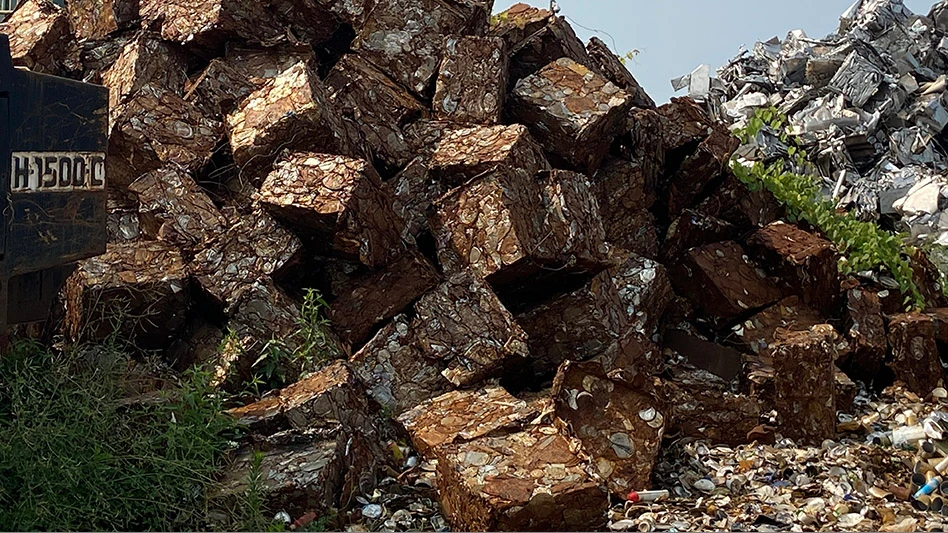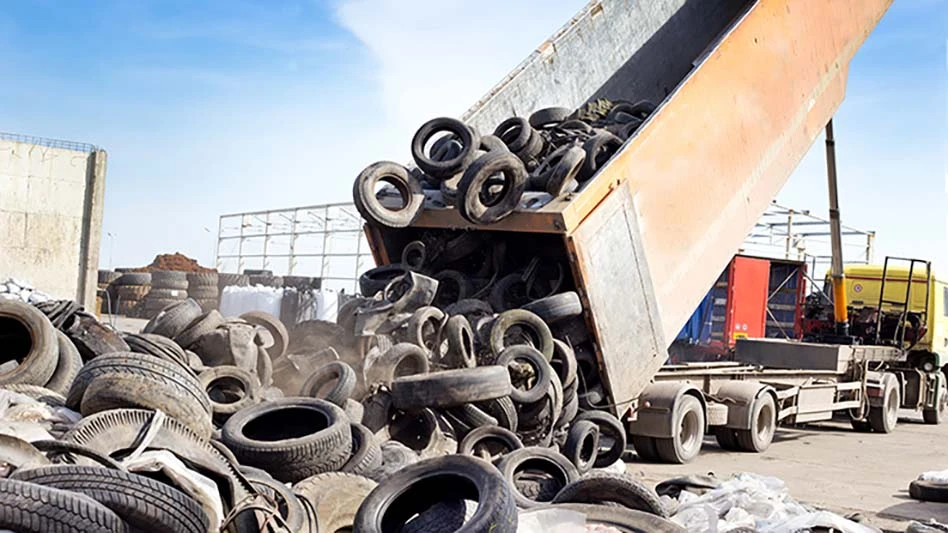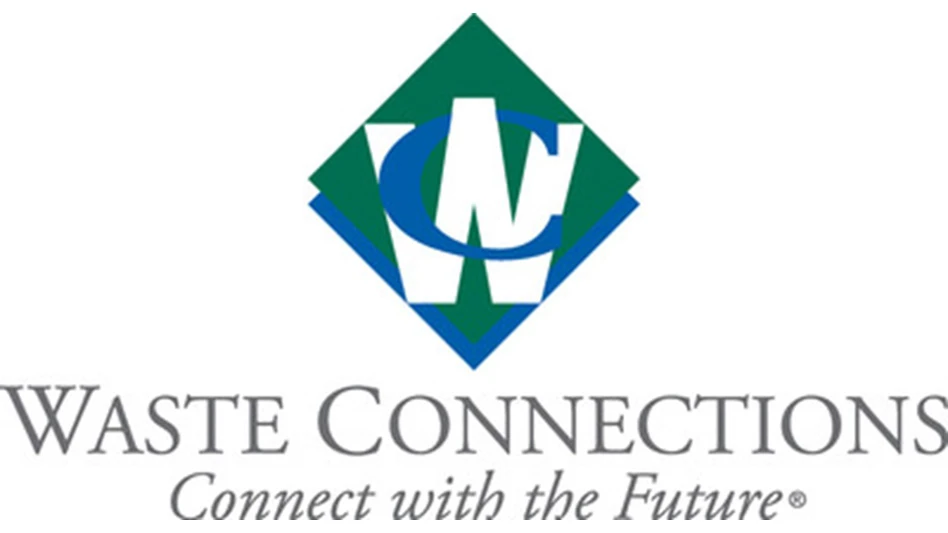Generally, interest on a state or local bond is excluded from gross income under section 103 of the Internal Revenue Code. However, section 103(b) provides that the exclusion does not apply to a private-activity bond unless it is a qualified bond. Section 141(e) defines a qualified bond to include an exempt facility bond that meets certain requirements. Section 142(a) lists the categories of exempt facility bonds, which includes bonds for solid waste disposal facilities under section 142(a)(6).
With the cost of building a large facility escalating into the millions of dollars (and quite often much more), the reality is that the opportunity to build a facility with tax-exempt financing could be quite significant.
CALL FOR CLARIFICATION. The National Association of Bond Lawyers has called for clarification on some of the definitions. In comments made to the U.S. Department of Treasury and the Internal Revenue Service, the NABL asked for clarification on two types of recycling facilities: conversion facilities and recovery facilities.
One of the major sticking points for recyclers and the NABL is the "no value" definition. According to existing policies, material recycled in a bond-financed facility cannot have a market value or other value at the time the bonds are issued.
NABL and other groups, including members of the recycling community, have sought clarification of the no-value test since the mid-1990s, when the IRS performed a number of audits of borrowers that used tax-exempt bonds to finance recycling facilities. The audits raised the question of whether payments made by the recycler to a supplier cause material to have value.
The organization, along with a number of other groups, formed the Tax Exempt Bond Recycling Coalition. Other members of the newly formed group include the American Forest & Paper Association, Californians Against Waste, Empire State Development, Municipal Waste Management Association, the National Recycling Coalition, Natural Resources Defense Council, the Paper Recycling Coalition and the Solid Waste Association of North America.
The proposed regulations would abandon the current approach of identifying solid waste disposal facilities that qualify for tax-exempt financing in favor of focusing on the type of facility used.
Further, the proposed regulations would eliminate the no-value test, which says that material can’t qualify as solid waste unless the material is used, useless or unwanted and has no market value.
The proposed regulations also would increase the percentage of material that must be introduced into a recycling process from 65 percent to 80 percent for the facility to qualify as a solid waste facility.
Robert Mullen, president and CEO of the Newark Group, Cranford, N.J., noted while speaking before the panel that while the "clarity" of the regulations is important, he questioned whether "we need IRS or any other government agency going through our books trying the determine whether 65 percent, 76.4 percent or 80 percent or some other arbitrarily set percentage of our facilities are devoted to handling recycled materials."
NEED FOR DEFINITION. NABL and other groups said in comments submitted to the IRS that while the proposed rules resolved the problem by eliminating the no-value test, they still do not define solid waste itself. The comments asked the IRS to clarify the application of the no-value test, rather than defining, as proposed in the rules, what type of facility would qualify for tax-exempt-bond financing based on the recycling and the disposal processes used.
Charles Henck, a partner at Ballard Spahr Andrews & Ingersoll LLP, Washington, D.C., and a lead attorney for the NABL, said that determining a facility’s eligibility for tax-exempt financing by the way solid waste is processed would be a problem because he receives at least one call per week from recycling companies that have found a new way to process material. If the proposed rules were finalized, those recyclers would have to approach the IRS for a private-letter ruling or ask for the rules to be amended to include the new process, he said.
In comments submitted to the IRS, the Tax Exempt Bond Recycling Coalition noted that for facilities that recycle waste by converting the material into useful products, such as waste paper recycling facilities, the proposed regulations significantly would reduce the portion of facilities that qualifies for tax-exempt financing by changing the point at which the solid waste recycling process is deemed to end.
The coalition stated that the proposed rule "is biased against recycling facilities." In defending this opinion, representatives noted that the revision of the first product rule would create a decided bias against the facilities needed to divert material from the waste stream and reuse it, instead favoring disposal or burning in a waste-to-energy facility.
"The approach suggested in the proposed regulations . . . typically would leave the recycler in the position of being required to spend significantly additional capital on the portion of the recycling facility necessary to finish the solid waste recycling process, yet that expenditure, however necessary to the ultimate disposal process, would not be eligible for tax-exempt financing.
For example, the coalition noted that cleaned recycled pulp would ferment and become useless in a matter of hours if not introduced into a paper machine or its equivalent, though the latter would not be qualified. "Under these circumstances we submit that it is inappropriate to deny the intended incentive," the comments read.
Henck also noted that throughout the past 30 to 40 years, the recycling industry has shifted in what is deemed waste. For example, polystyrene and computer parts, which at one time were considered waste, now have a recycling end market. To support the essential need to have tax-exempt financing in place for these newer recycling avenues, the group noted, "In many cases, the new technology is costly and many of these facilities could not be developed or implemented without the assistance of tax-exempt financing."
Most of the panel’s questions focused on the problem of how to define when material has value. The questions focused on a regulatory proposal for the solid waste rules submitted by NABL in October 2001.
"The analysis doesn’t start with the facility. It starts with the material," Henck said. He added that the question should be: "Does it have market value in the ordinary sense? If the answer is yes, that is where we would stop."
Henck agreed that there are regional differences in the value of the material, but said that disregarding hauling and handling payments would eliminate that problem. Mullen called the new rules "puzzling" and reiterated the need for a definition of solid waste.
The author is Internet and senior editor of Recycling Today and can be contacted a dsandoval@gie.net.

Explore the October 2004 Issue
Check out more from this issue and find your next story to read.
Latest from Recycling Today
- Lautenbach Recycling names business development manager
- Sebright Products partners with German waste management equipment company
- WasteExpo transitions to biennial format for enhanced experiences
- Study highlights progress, challenges in meeting PCR goals for packaging
- Washington legislature passes EPR bill
- PureCycle makes progress on use of PureFive resin in film trials
- New copper alloy achieves unprecedented high-temperature performance
- Gränges boosts profits and sales volume in Q1 2025






